- Contact usFR +33 450 872 109 US/CA +1 (646) 233-1354
- - Newsletter
- - Follow us





-

Home > Articles and tour tips > Getting to Northeastern Italy: the Dolomites and Veneto
11-03-2025
Northeastern Italy is a wonderland of show-stopping architecture and diverse landscapes. The lowlands of the Veneto offer a stark contrast to the peaks of the Dolomites , and yet, these features are within such close proximity! On quiet back roads and cycling paths, exploring these regions by bike has never been easier — some of our itineraries even cross both territories!
Venice, the “Queen of the Adriatic”, lends its name to the stunningly beautiful region of Italy that for many centuries was its own republic. The riches brought into the Mediterranean trading capital funded the palaces and villas, among other majestic edifices scattered across the low-lying countryside. Our Veneto itineraries are the perfect introduction to many such treasures.
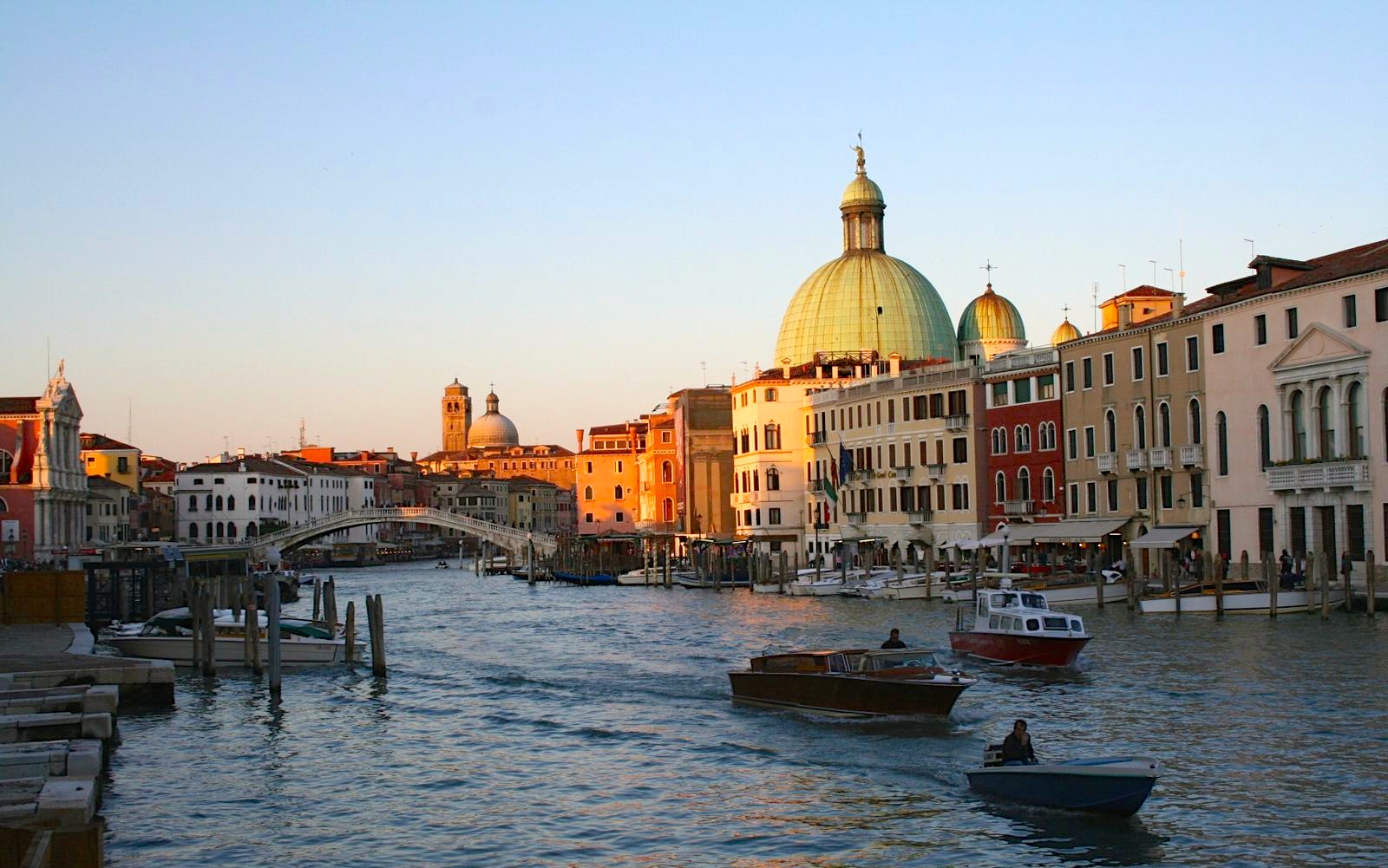
Unless you're navigating by boat, your means of travel to the car and bike-free 'floating city' of Venice are limited! For logistical reasons, we must begin or conclude the cycling portion of our Veneto tours in Mestre. Although technically a part of Venice, Mestre is on the mainland, which lends itself to greater accessibility — and roads, of course.
Looking for a little more excitement in your journey across the lagoon? The Alilaguna water taxi service offers a unique way to travel between Marco Polo Airport and popular stops in Venice; the orange line in particular stops at popular places along the Grand Canal.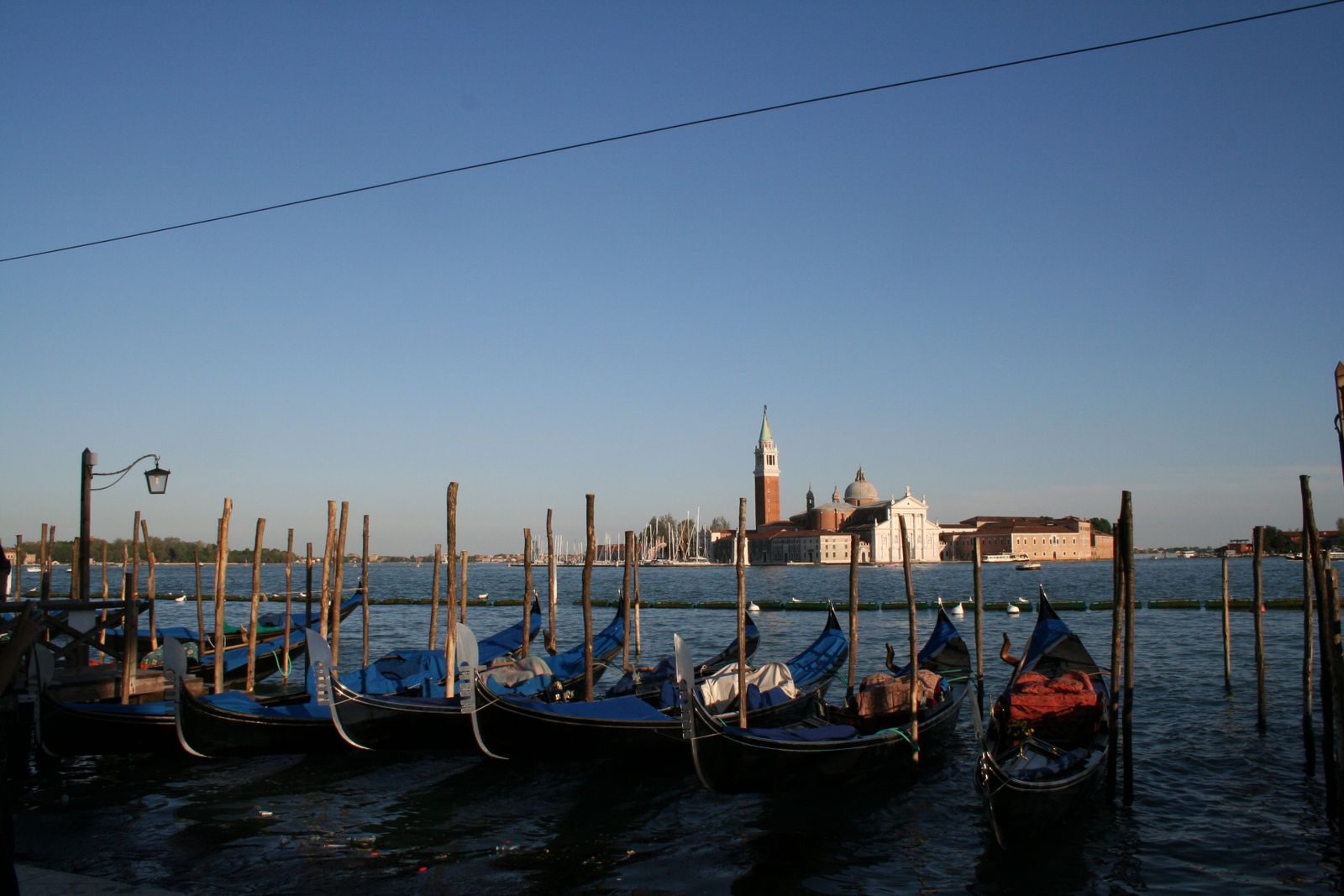
Parking is extremely limited in the island part of Venice, and it is thus very expensive. Given the main means of getting around Venice are by boat or on foot, no one recommends driving out on the causeway unless absolutely necessary. However, parking is very cheap and fairly easy to come by on the mainland. The most common lots for tourists are at the airport and Garage Europa.
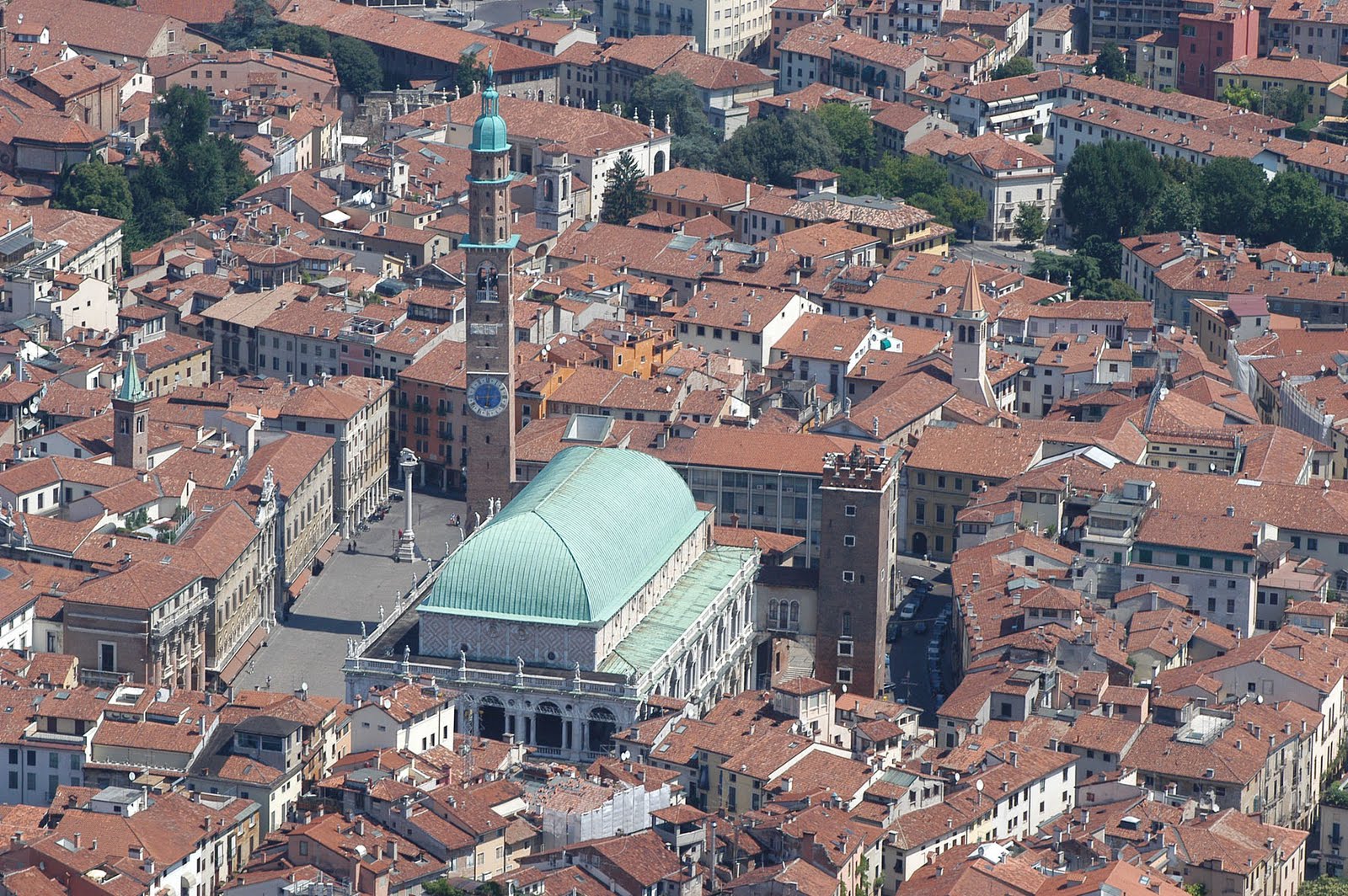
Our Treasures of the Veneto tour start in Vicenza, a prosperous industrial city with many architectural gems (including Palladian villas in the surrounding countryside). It’s much smaller than other cities in the Veneto, so transportation options are a bit more limited.
The Dolomites mountain range of the South Tyrol is an incredible playground for avid riders, but bikeways and quiet roads can also make cycling around Bolzano, Trento, Lake Garda and other towns a leisurely experience. Our Dolomites tours mostly begin in Bolzano, also known as Bozen in German, while our most challenging tour in the region starts in the more remote Dobbiaco, a.k.a. Toblach.
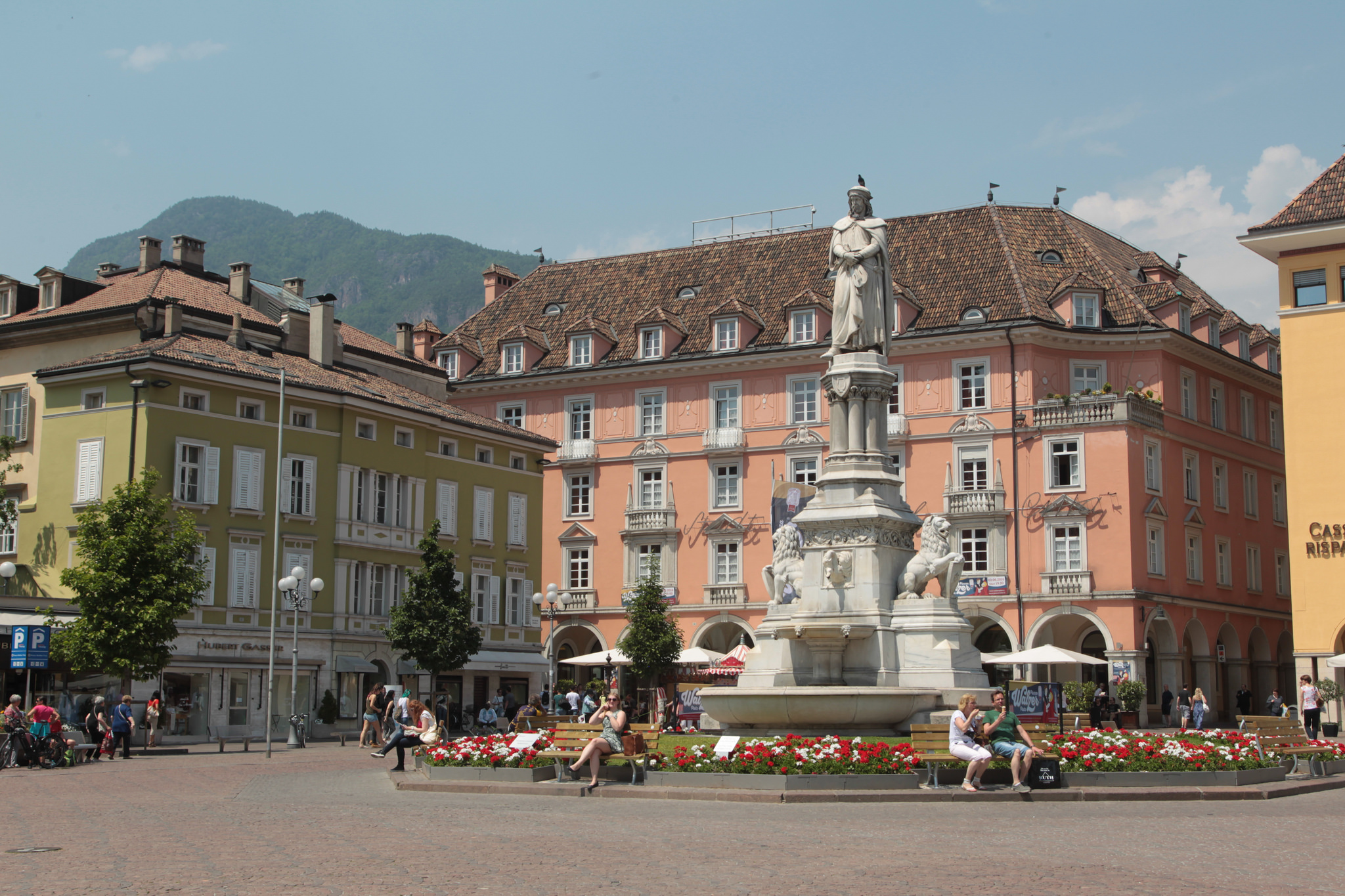
The dual Italian-Germanic identity of Bolzano lends it a flair that you won’t find in other Italian cities — and it’s incredibly bike friendly! It’s a superb starting point for Dolomites cycling tours, and thankfully it is well-served by ground transport.
You can’t get much closer to Austria than Dobbiaco, also known as Toblach. High in the mountains, this small border village is a bit remote, so we don’t recommend driving unless you’re familiar with the territory (and Italian drivers). Here are the best ways to get there:
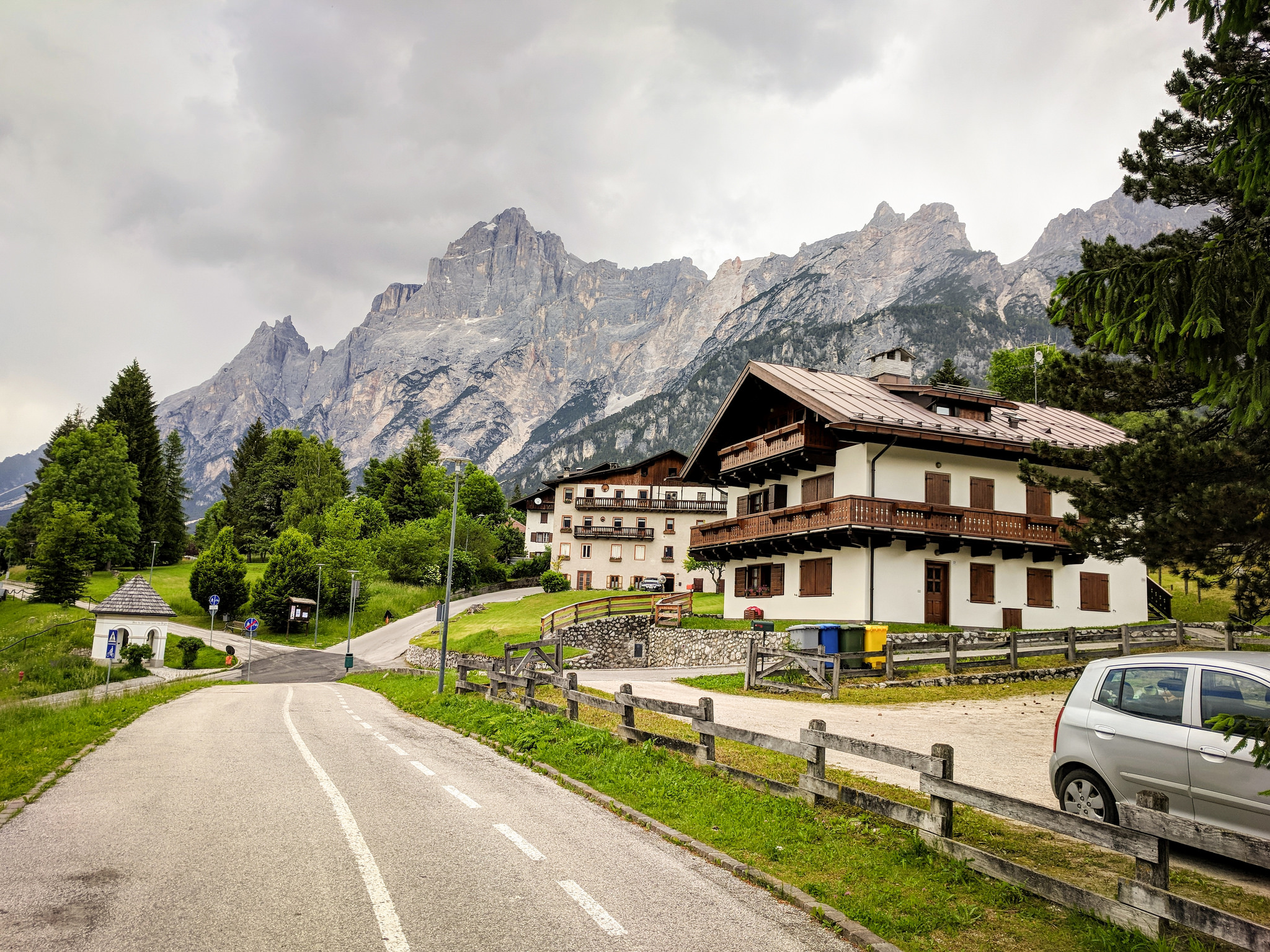
Tourism
Veneto: www.italia.it/en/discover-italy/veneto
Venice: www.venice-tourism.com
Verona: www.veronatouristoffice.it
Vicenza: www.vicenzae.org
Bolzano: www.bolzano-bozen.it
Dolomites: www.three-peaks.info/en/holiday-region-in-south-tyrol
South Tyrol: www.suedtirol.info
Palladian Villas: whc.unesco.org
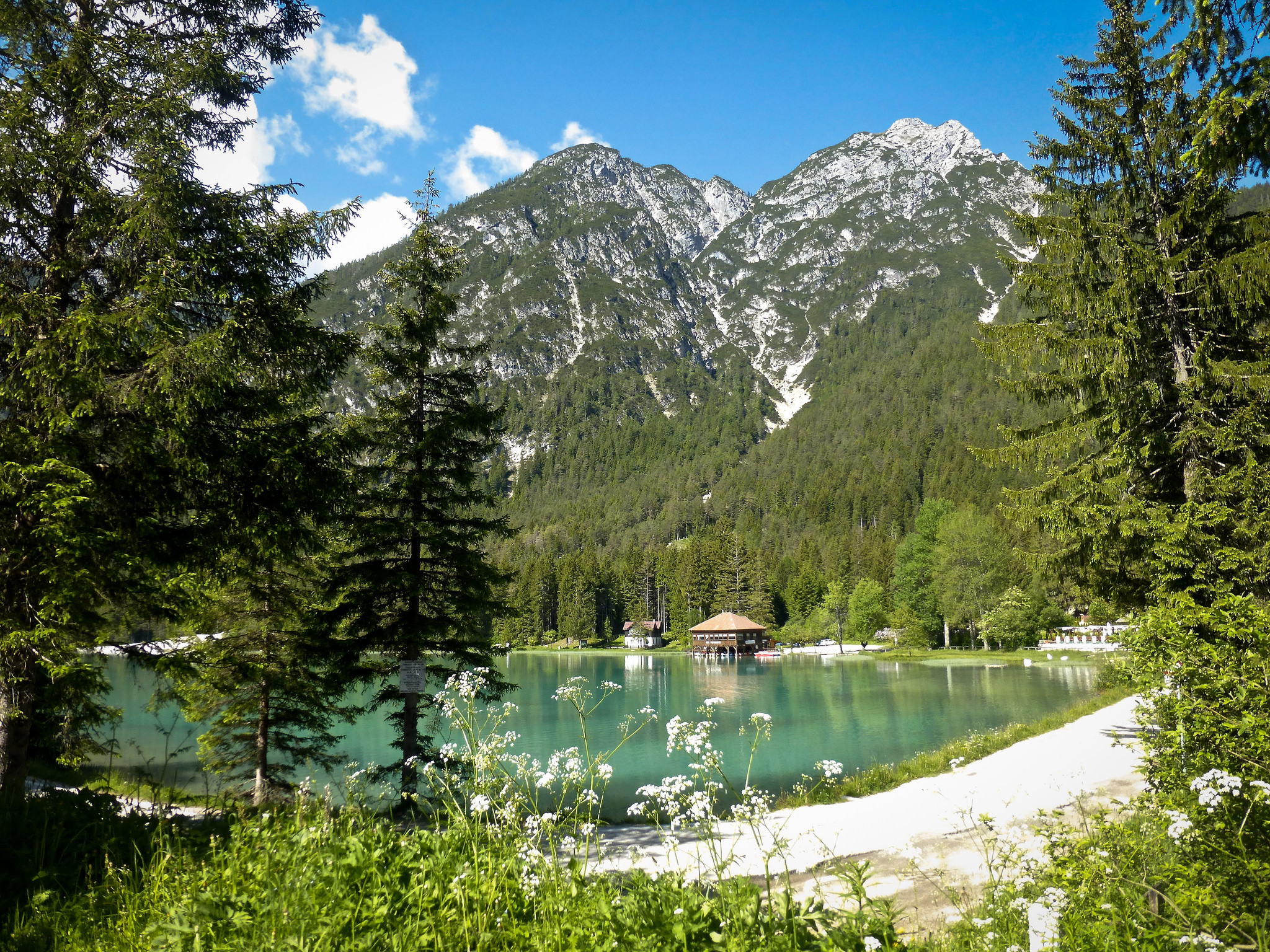
Airports
Venice Marco Polo: www.veniceairport.it
Milan: www.milanomalpensa-airport.com
Verona: www.aeroportoverona.it
Innsbruck: www.innsbruck-airport.com
Bolzano: www.bolzanoairport.it
Trains
Malpensa Express Train: www.malpensaexpress.it
Trenitalia: www.trenitalia.com
Austria OBB: www.oebb.at
Buses
ACTV in Veneto: www.actv.it
ATVO in Veneto: www.atvo.it/en-venice-airport
Barzi bus service in Treviso: http://www.barziservice.com/en/services/
ATV Verona: www.atv.verona.it
South Tyrol Integrated Transportation: www.sii.bz.it
Venice water bus: www.alilaguna.it
Car Rental
Avis France: www.avis.com/
Europcar: www.europcar.com/
Budget: www.budget.com
SIXT: www.sixt.com/
Hertz Italy: www.hertz.com
Enterprise Italy: www.enterprise.com/
Parking in Mestre: www.garageeuropamestre.com
Are you ready for your next adventure with Cyclomundo? Contact us .
Traveling tips for Castilla and Leon
Gravel Bikes: The Perfect Companion for Exploring Europe’s Most Scenic Bike Tours
Is an e-bike the right choice for me?
Alsace (7)
Andalusia (7)
Annecy (4)
Apulia (4)
Avignon (3)
Brittany (4)
Catalonia (6)
Corsica (3)
Cycling tips (20)
Dolomites (3)
Emilia-Romagna (2)
Events (8)
France (35)
French Alps (13)
General (72)
Getting there (17)
Girona (1)
Ile-de-France (3)
Italy (17)
La Rioja (3)
Languedoc (5)
Loire Valley (6)
Madrid (2)
Normandy (8)
Our Bikes (7)
Piedmont (4)
Portugal (3)
Provence (12)
Pyrenees (4)
Sicily (2)
Spain (18)
Switzerland (8)
Travel tips (26)
Tuscany (3)
Uncategorized (0)
Veneto (6)